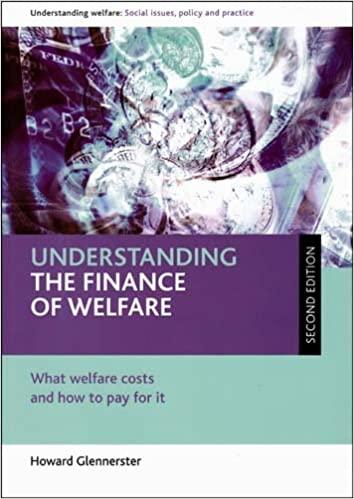Question
The capital asset pricing model (CAPM) can be written as E ( R i ) = R f + i [ E ( R m
The capital asset pricing model (CAPM) can be written as E(Ri) = Rf+ i[E(Rm) Rf] using the standard notation. The first step in using the CAPM is to estimate the stocks beta using the market model. The market model can be written as Rit= i+ iRmt+ uit where Rit is the excess return for security i at time t, Rmtis the excess return on a proxy for the market portfolio at time t, and utis an iid random disturbance term. The cofficient beta in this case is also the CAPM beta for security i. Suppose that you had estimated (3.45) and found that the estimated value of beta for a stock, was 1.147. The standard error associated with this coefficient SE( ) is estimated to be 0.0548. A city analyst has told you that this security closely follows the market, but that it is no more risky, on average, than the market. This can be tested by the null hypotheses that the value of beta is one. The model is estimated over sixty-two daily observations. Test this hypothesis against a one-sided alternative that the security is more risky than the market, at the 5% level. Write down the null and alternative hypothesis. What do you conclude? Are the analysts claims empirically verified?
Step by Step Solution
There are 3 Steps involved in it
Step: 1

Get Instant Access to Expert-Tailored Solutions
See step-by-step solutions with expert insights and AI powered tools for academic success
Step: 2

Step: 3

Ace Your Homework with AI
Get the answers you need in no time with our AI-driven, step-by-step assistance
Get Started


